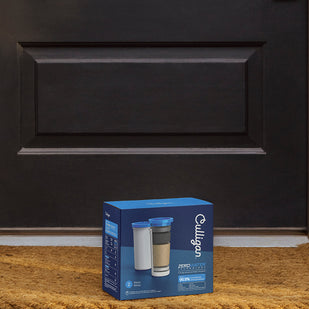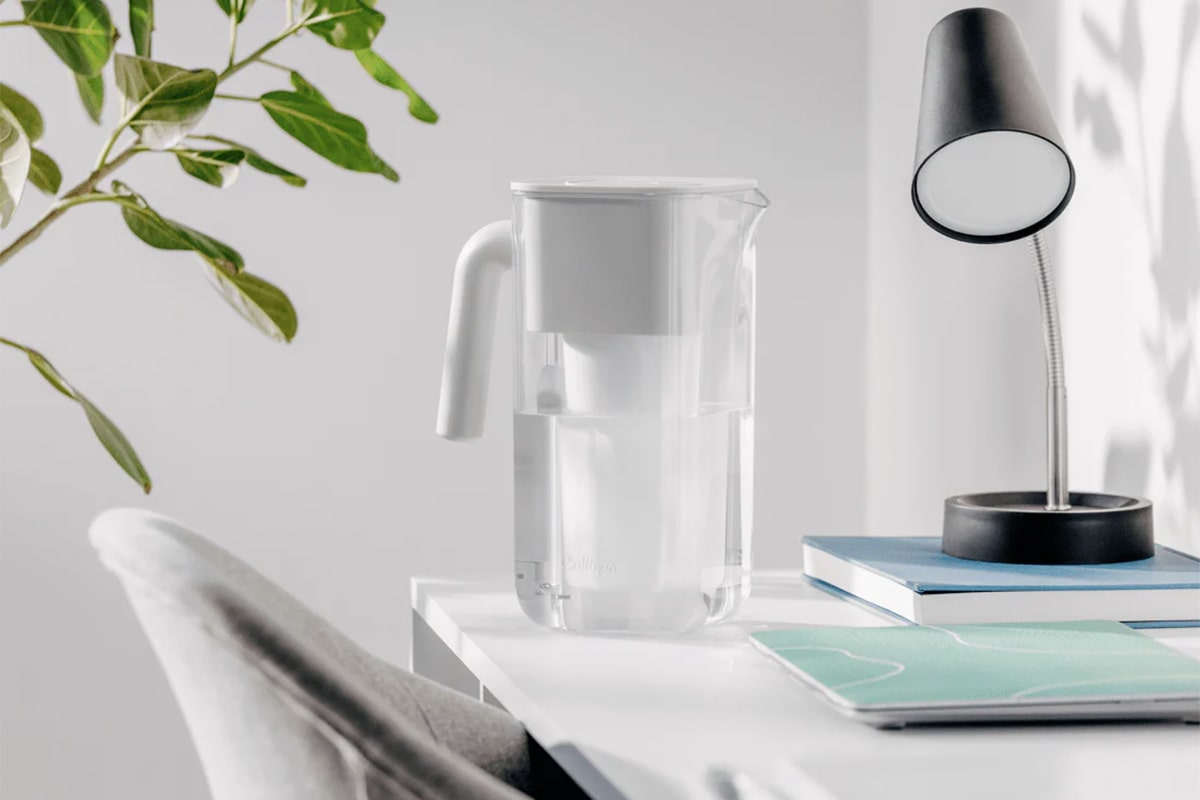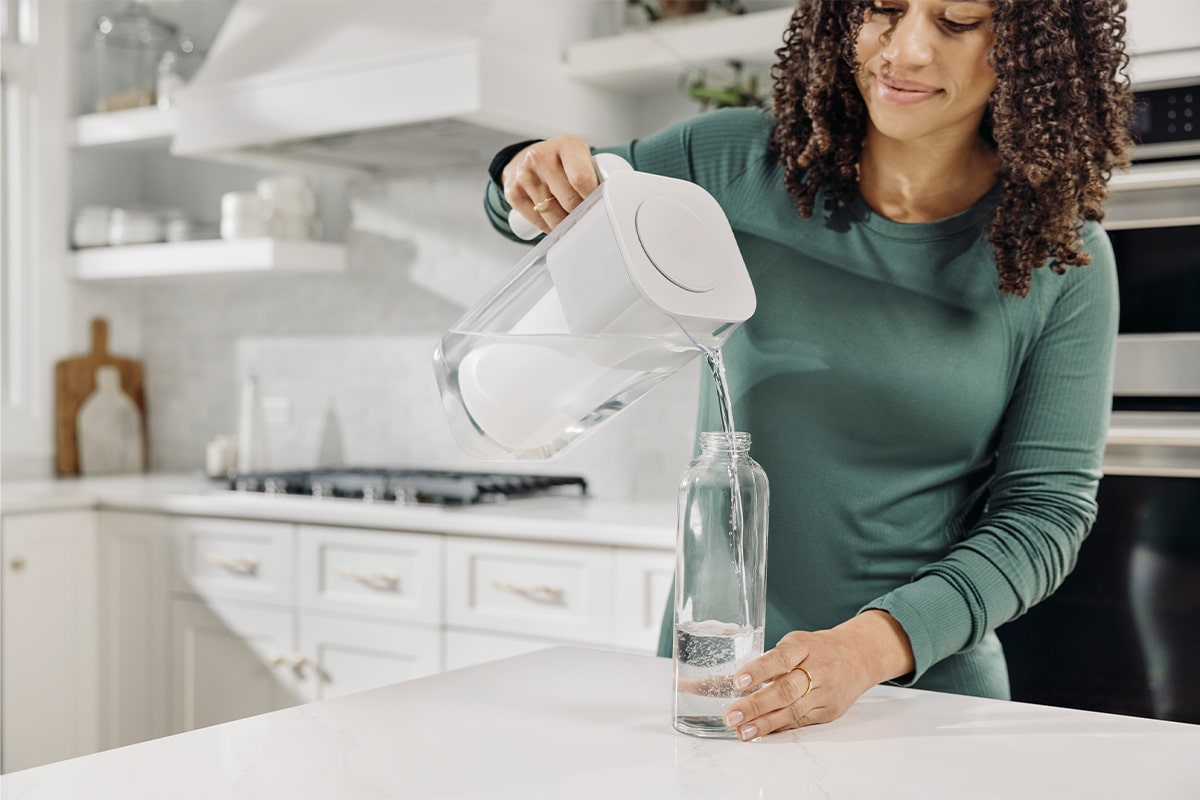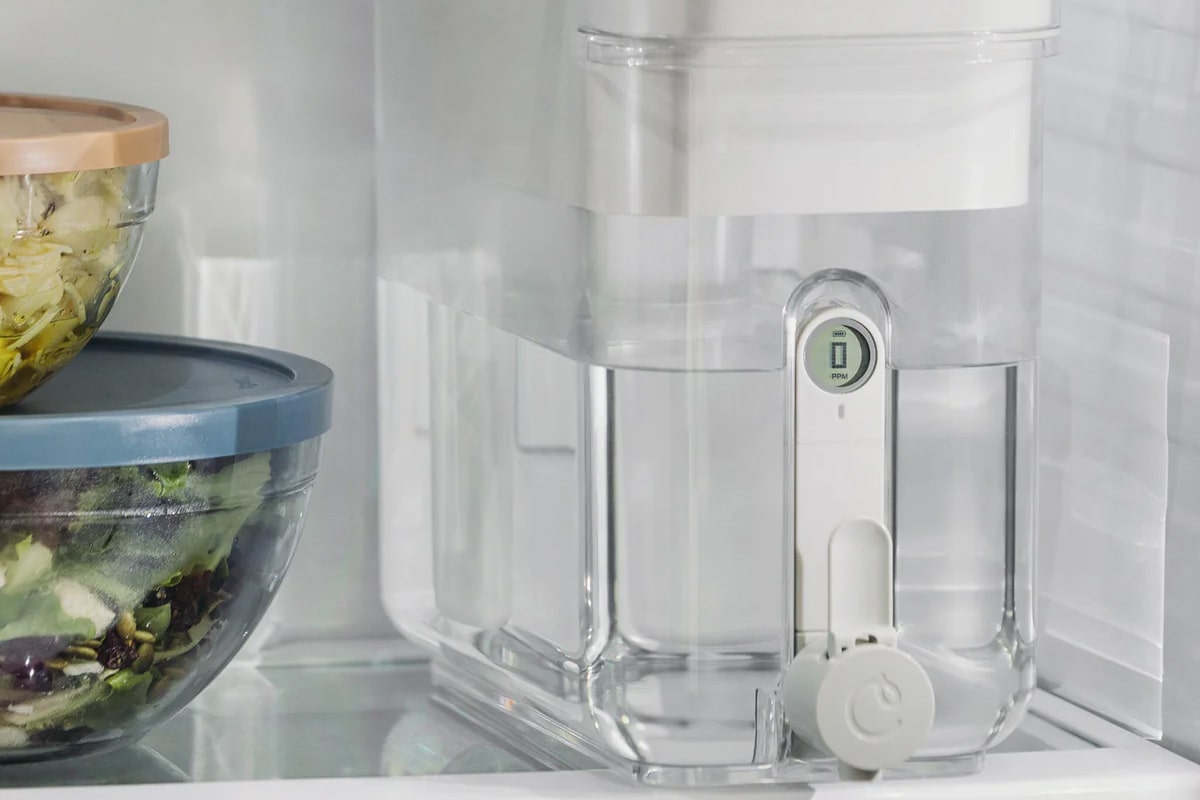We all know that clean tap water is instrumental for everyday health. However, many UK households still encounter issues such as chlorine taste, limescale, or unusual odours. The UK Drinking Water Inspectorate (DWI) states that:
“Compliance with the standards in 2024 was 99.97%, although the challenge remains to achieve 100% compliance with the regulatory standards.”
Despite this, local conditions and household plumbing can still affect how water tastes and feels by the time it reaches your glass. In conjunction with National Water Quality Month, we bring good news: There are simple, practical steps you can take to improve water quality at home.
Our guide opens the floodgates on five effective ways to achieve clean tap water. It mixes everyday habits with certified filtration so you can enjoy safer, fresher water with confidence.
Step 1. Check Plumbing & Pipes for Safety
Household plumbing has a direct impact on tap water quality. Older pipework, especially pipework containing lead, may release metals into the water supply. Even copper pipes in poor condition can leach small amounts of contaminants. The DWI advises that many properties built before 1970 may still have lead pipework, which can affect water quality and taste.
While lead pipe use was banned in the 1970s, millions of UK homes still contain these potentially dangerous pipes. Water companies have made slow progress on this issue. The DWI notes that, despite the ban being in place for 50 years, lead pipe replacement programmes are still not finished across England.
Common signs that your plumbing may be affecting water include:
- Discolouration or cloudy water
- A metallic taste or unusual odour
- Visible corrosion on pipework
If you notice these issues, it’s sensible to arrange a professional inspection. A plumber can tell you if your pipes are up to modern safety standards. If they aren’t, they can recommend replacements.
To keep your drinking water fresh and clear, a certified filtration system provides extra protection. Our jugs and dispensers reduce a wide range of contaminants, giving you measurable proof of cleaner water with every pour.
Step 2. Flush Taps Before You Drink
Water that has been sitting in household pipes can lose freshness and may pick up metals or bacteria. The GOV.UK guidance for organisations on safe water supplies states that regular flushing stops stagnation. Flushing water systems regularly is vital during times of low usage. This keeps all areas of water management safe and up to standard.
The government recommends preventing stagnation by moving water through pipes and outlets weekly. It’s also essential to keep water temperatures outside the 20-50°C range. This principle applies to domestic settings where water has been standing unused for extended periods.
A good habit is to:
- Run cold taps for 30 seconds to 2 minutes if water has been unused for several hours
- Always use water from the cold tap for drinking and cooking
- Flush taps after returning from holidays or weekends away
These simple steps clear stagnant water and help ensure that what reaches your glass is cleaner and fresher. Flushing, along with certified filtration, gives you extra peace of mind that your drinking water is safe to use every day.
Step 3. A Certified Water Filter for Daily Use
Filtration is one of the most effective ways to improve tap water quality. A certified filter can reduce contaminants such as lead, chlorine, and total PFAS. These substances are being reported more often in water supplies across the UK (Environment Agency, 2024).
The DWI’s 2024 report provides essential context on PFAS contamination in UK water supplies. In 2024, they analysed source water to gather data on PFAS hazards and to shape required mitigation steps.
Our jugs and dispensers feature an innovative 5-stage filtration system. Each product also includes a TDS meter, giving you instant proof of performance in every pour.
For long-term results:
- Keep your system running efficiently with a subscription to replacement filters
- Explore bundles for cost-effective starter packs
Using a certified water filter is a simple way to get clean tap water every day. It enhances the taste, safety, and your trust in your water supply.
Step 4. Store Water Safely in Your Home
The way water is stored affects its quality. Poor storage can lead to bacterial growth, unpleasant taste, or contamination. The NHS advises keeping drinking water in clean, covered containers and out of direct sunlight to reduce these risks.
Recent government guidance during water safety incidents reinforces proper storage principles. During the 2024 Brixham water supply issues, health authorities advised that:
“Boiled water can be stored in a covered container in the fridge for up to 24 hours.”
Proper storage prevents recontamination and maintains the quality improvements achieved through filtration systems.
To keep water fresh:
- Use food-grade containers that are regularly cleaned
- Store filtered water in the fridge to preserve taste
- Avoid placing containers in warm or sunny areas
Our dispensers make this process easier. Designed for family use, they provide safe storage and convenient access to larger volumes of clean tap water throughout the day.
Step 5. Check Local Water Quality Reports
UK water companies are legally required to publish annual reports on drinking water quality. These reports include data on chlorine, nitrates, lead, and other substances in regional supplies. The DWI says most UK tap water meets legal standards. However, local differences can change the taste and overall experience at home.
Recent analysis of UK water resources shows that challenges persist. This underlines the need for local monitoring. Water companies reported a total outage of 528 Ml/d for 2023-2024, representing an increase of over 8% from the previous year’s 487 Ml/d. These disruptions can harm local water quality. They also show why it’s important to know your area’s specific conditions.
Also, broader environmental worries continue, as in 2021 the Environment Agency found PFAS in 96% of surface water samples. This led to every river in England failing the Water Framework Directive’s assessment for good chemical status. This widespread contamination highlights why UK households should check local reports. It’s also wise to consider additional filtration measures.
Checking your local report allows you to:
- See which substances are present in your supply
- Understand how your area compares to national standards
- Decide which filtration method is most suitable for your home
Cleaner Water Starts at Zero
Improving tap water quality at home is straightforward when you follow consistent steps. Check your plumbing, flush taps, store water safely, and review local reports. These steps build a strong base for cleaner water each day.
For long-term results, certified filtration makes the biggest difference. Culligan’s advanced 5-stage technology cuts more contaminants than many standard filters. It also provides clear proof of performance with every pour. From jugs and dispensers to bundles and replacement filters, there’s a solution for every home.
Shop Culligan today and enjoy peace of mind with our trusted, certified filtration.











